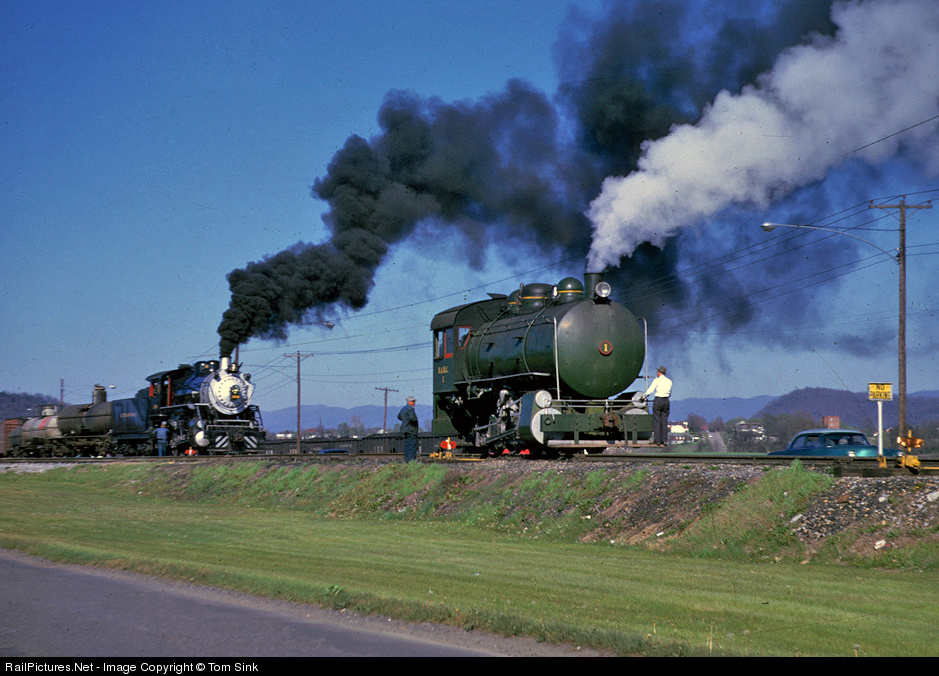Hey Folks!
So my foray into O gauge has taken me down the real train history and heritage in this area, and learning about them in general. I have picked up a whole lot, but am still a horrible newbie. So here is a pretty silly question. ![]()
Why do we sometimes see different companies engines together?
I was cruising home from the hobby store the other day on a route that takes me by one of the yards here in town. This yard is just north of where the old Nickel Plate road, now NS, and a UP road intersect. As I went over the rails, I saw some activity, so I went down to a corner where I can watch for a little while. When I got down there I saw UP4468 and NS1082 coupled together, moving the same cut. *scratches head*
So I came up with a couple of theories. NS bought a number of UP engines a couple of years ago...is it possible its not been painted/upgraded as planned? The only other thing I could think of is that since they aren't DIRECT competitors, and if they are just shifting stuff around, it doesn't really matter. If this were the case, would you ever see BNSF and UP together? Or likewise NS and CSX?
Or am I way off in general? lol, help sort me out!
Thanks!











